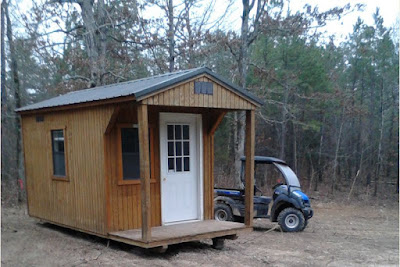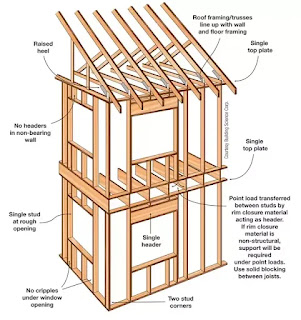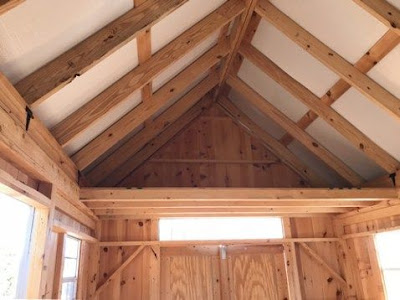Building your own 8x16 shed is an excellent way to add extra storage space to your property. With the right plans and a detailed material list, you can embark on this exciting DIY project. In this article, we provide you with comprehensive 8x16 shed plans along with a material list, helping you gather everything you need to successfully construct your shed.
Materials Needed:
- Pressure-treated 4x4 lumber for the foundation
- Pressure-treated 2x6 lumber for floor joists
- Pressure-treated 2x4 lumber for wall framing
- Pressure-treated 2x6 lumber for roof rafters
- Exterior-grade plywood sheets for sheathing
- Roofing material (shingles, metal panels, etc.)
- Windows
- Doors
- Nails
- Screws
- Hinges
- Insulation (optional)
- Exterior paint or stain
Tools Needed:
- Hammer
- Power drill
- Saw (circular saw or miter saw)
- Tape measure
- Square
- Level
- Work gloves
- Safety glasses
8x16 Shed Plans:
- Create a detailed layout plan for your shed, considering the placement of doors, windows, and the overall design.
- Prepare the foundation using pressure-treated 4x4 lumber, ensuring it is level and solid.
- Frame the floor using pressure-treated 2x6 lumber, spacing the joists at regular intervals for added support.
- Attach exterior-grade plywood sheets to the floor joists, securing them with nails or screws.
- Frame the walls using pressure-treated 2x4 lumber, following the dimensions of your 8x16 shed plan.
- Attach the wall frames to the floor using nails or screws, ensuring they are plumb and square.
- Install windows and doors according to your design, using hinges for easy operation.
- Sheath the walls with exterior-grade plywood, securing it with nails or screws.
- Frame the roof using pressure-treated 2x6 lumber, cutting and positioning the rafters at the appropriate angles.
- Attach the roof rafters to the wall frames, ensuring they are evenly spaced.
- Cover the roof with your chosen roofing material, following the manufacturer's instructions.
- Insulate the shed if desired, using insulation materials suitable for your climate.
- Apply exterior paint or stain to protect the shed from the elements and enhance its appearance.
Remember to consult local building codes and regulations, obtain any necessary permits, and take appropriate safety precautions throughout the construction process. Double-check your measurements and make adjustments as needed to ensure a precise and sturdy structure.
With these comprehensive 8x16 shed plans and a detailed material list, you can confidently embark on your shed-building journey. By following the step-by-step instructions and using the recommended materials, you'll be well on your way to constructing your 8x16 shed.
Additional Tips for Building Your 8x16 Shed:
- Prioritize safety: Always wear appropriate safety gear, such as work gloves and safety glasses, when handling tools and materials. Take precautions to prevent accidents and injuries throughout the construction process.- Seek assistance if needed: Building a shed can be a challenging task, especially for beginners. Don't hesitate to seek help from a friend or family member who has experience in construction.- Take accurate measurements: Double-check all measurements to ensure precision and accuracy. This will help avoid unnecessary mistakes and ensure a properly fitted shed.- Consider insulation: If you plan to use your shed for more than just storage, consider insulating the walls and roof. Insulation can help regulate the temperature inside the shed, making it more comfortable during different seasons.- Choose durable materials: Opt for high-quality, weather-resistant materials to ensure the longevity of your shed. Pressure-treated lumber is a popular choice as it offers durability and protection against rot and insects.- Customize the interior: Think about how you'll utilize the space inside your shed. Consider adding shelves, hooks, or other organizational solutions to maximize storage efficiency. Customize the layout to fit your specific needs.
Enjoy Your 8x16 Shed
By following these 8x16 shed plans and utilizing the provided material list, you can construct a sturdy and functional shed that meets your storage needs. Whether you use it for tools, equipment, or as a workshop, your shed will provide valuable space and enhance the organization of your property.
Now that you have the knowledge and resources, it's time to roll up your sleeves and start building your 8x16 shed. Enjoy the process, and soon enough, you'll have a reliable and practical structure that adds value to your property.





























